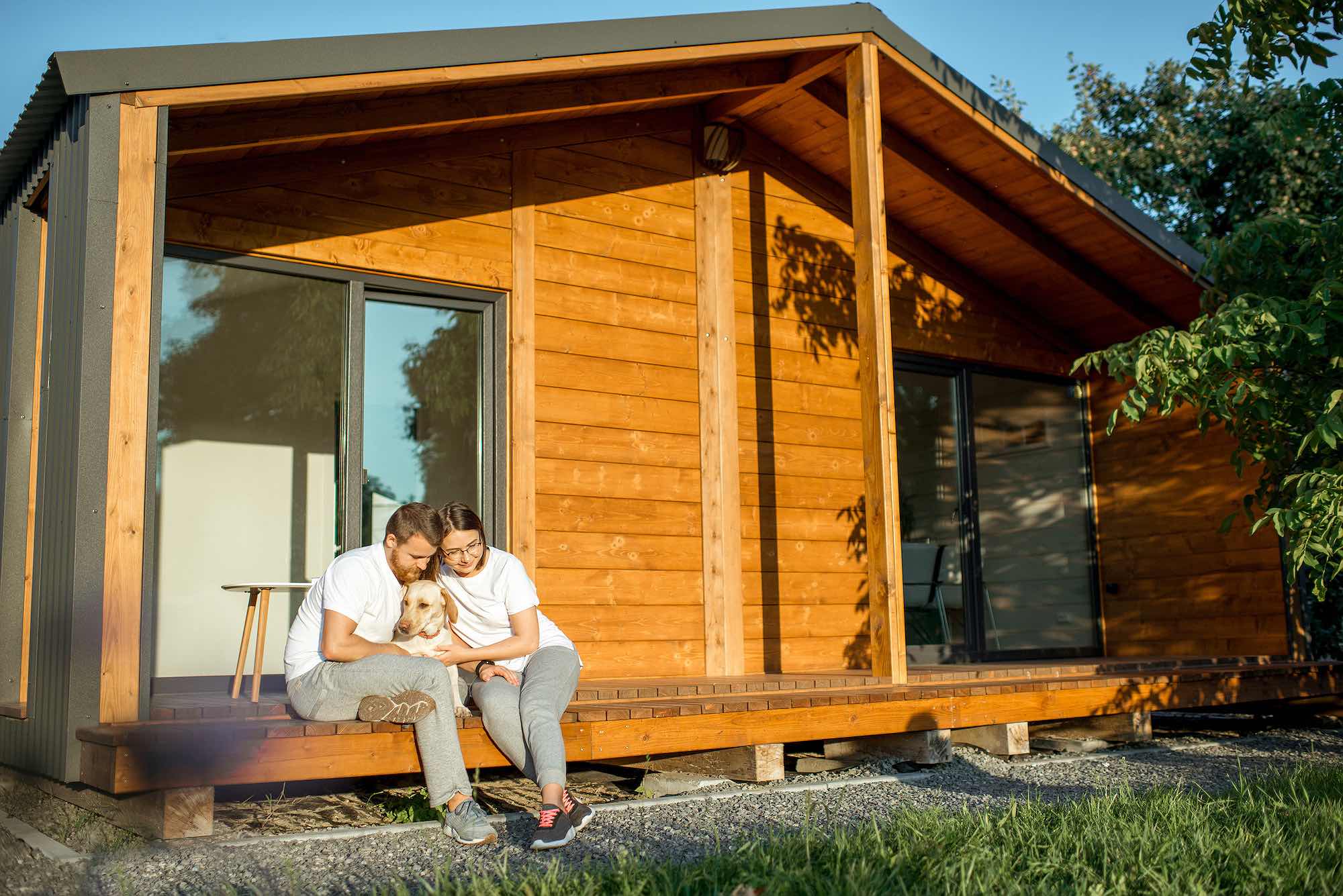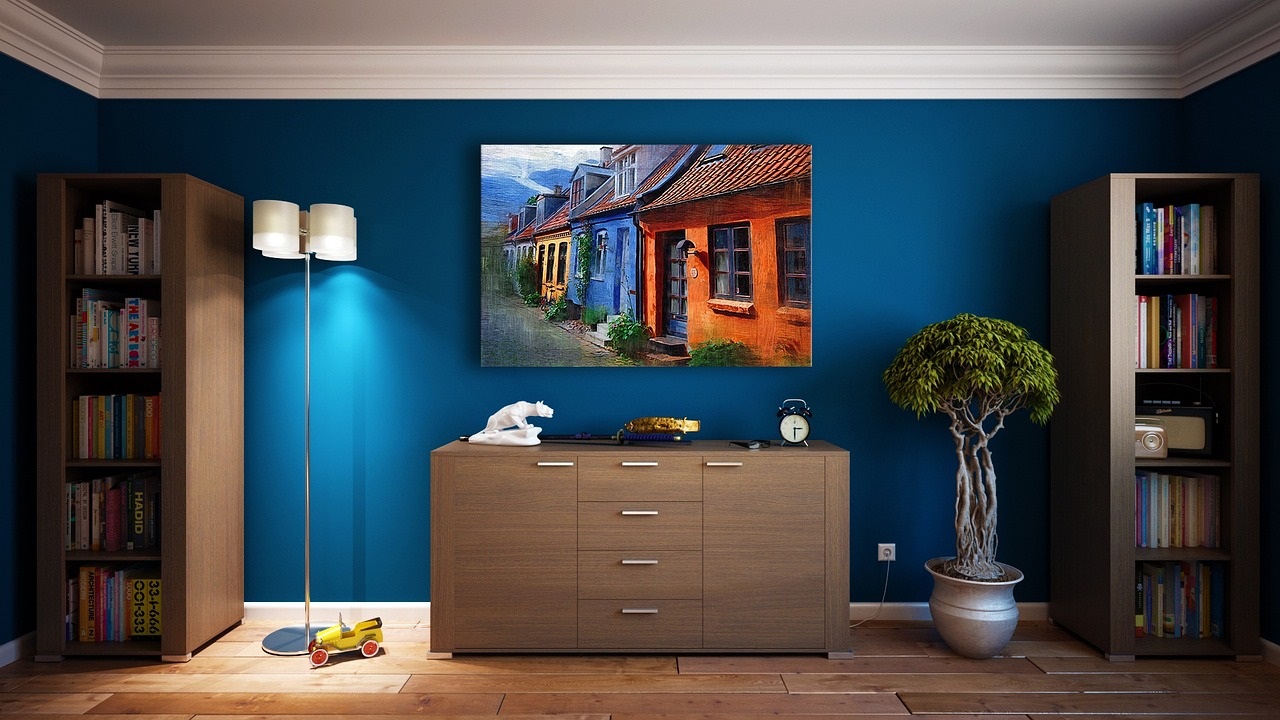Smart home is a catchphrase for a household embellished with Wi-Fi enabled, labour-saving devices. Data-processing infrastructures allow these devices to pull information from the internet, apps, or internal systems to help you run your life. Most if not all of these devices connect easily to your phone or tablet, keeping you connected to you home even when you’re miles away. These linked-in helpers are one of the hallmarks of the futuristic home.
The central device in a smart home is usually a voice-activated helper, such as Amazon’s Alexa and Echo or Apple’s Siri. These devices can answer basic questions about math or weather, order things directly from webstores or local restaurants, read ebooks, play music, and much more. These handy machines can be programmed to help with household routines by scheduling lights-off time, locking doors, and activating the coffee pot timer for the morning. Of course, all the ancillary devices need to be ‘smart’ and connected through Wi-Fi.
For example, smart plugs and thermostats can be controlled with your phone from anywhere. Instead of coming home to a dark and cold house on a winter evening, smart controllers can turn on lights and adjust the heat automatically or at your command. Want to hear Bach play when you unlock the door? Just set a routine for the assistant to monitor the lock and begin your favourite playlist when the door opens.
Comparatively, smart home security systems are the guard dogs of the future. They are designed to monitor the perimeter of your property and contact authorities if there is a break-in. Forgetting to turn-on the conventional security alarm is a common mistake unwary homeowners make. A smart security system is always on and takes away the risk. It can also tell you when a child arrives home from school or when a window has been left open, sending you a text or email alert to let you know. First responders are contacted immediately when a break-in or fire has been detected. These devices can also be controlled remotely so that you can check a video to see if the garage door has been left open or lock doors with just a tap.
While your smart system takes the worry out of protecting your physical security, don’t forget to be vigilant about your digital safety. Always change the default password that comes with a device. Use something that is very long but easy to remember, such as lyrics to a song. Aim for 15 or more characters. These types of passwords can be just as effective as randomized alphanumeric codes. Without a strong password, you risk losing control of your smart home.
If you want to experiment with a smart home device but aren’t ready to commit to a sophisticated voice assistant, consider trying out the smart device equivalent of a pet goldfish: a robot vacuum. They work on a schedule that you set and can easily trounce your dust bunnies with no need for bending over or moving furniture. Once you’re comfortable with this mechanical helper, a truly futuristic smart home is just a few devices away.
Questions or comments? Want to talk about your next real estate transaction? Contact us today.








